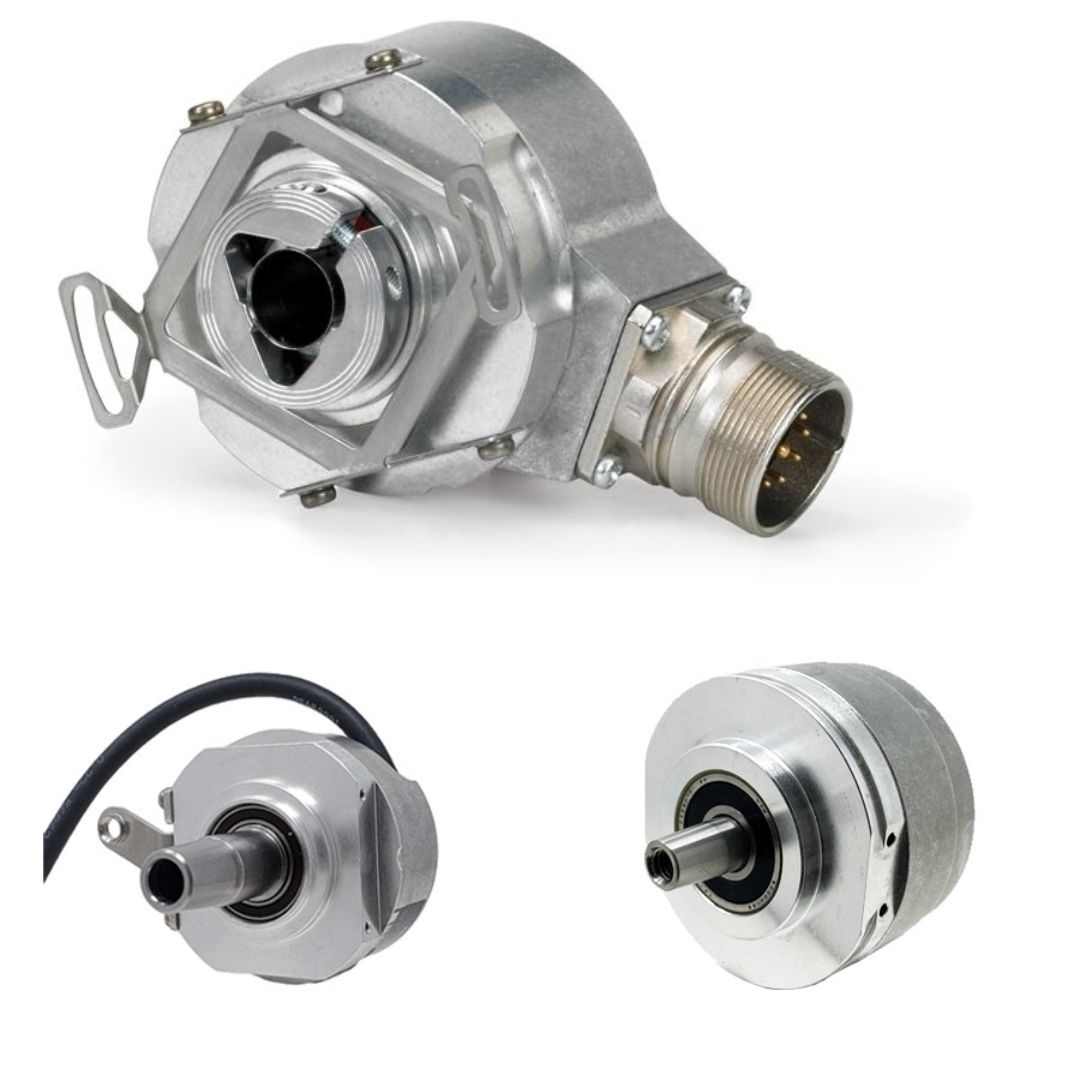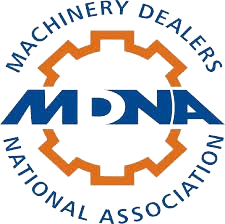Role Of Inductive Encoders In Improving Performance In Robotics

Robotics comes with its unique set of challenges and operational issues. One of the biggest challenges is accuracy and precision, as robots are typically multi-jointed. A popular way to address these parameters is through the use of digital encoders.
Robotics typically uses shaft encoders/rotary encoders for this purpose, as they provide accurate position and velocity of a servo motor used in this field. However, there is an even better solution for this sector, namely, inductive encoders. This blog will address the challenges faced by the robotics sector, the definition of an inductive encoder, how and why they are used by designers, and their major benefits.
Challenges Faced By The Robotics Industry
Some of the most common challenges faced in the field of robotics include:
1. Ensuring Accuracy And Resolution
The biggest challenge in robotics is achieving high positioning accuracy at the center point of the tool. Shaft encoders are typically used in this regard to provide highly repeatable and accurate feedback by constantly measuring the axis position and speed of the motor.
2. Withstand Challenging Conditions
Robotics are used as a viable solution in many challenging conditions. Some common factors they have to face regularly include high temperatures, humidity, vibration, constant exposure to dust and other contaminants, and more. The end result is that there is extreme sensitivity on the encoders, which are sensitive to these elements. Therefore, there is a need for robust rotary encoders in this particular sector.
3. Seamless Integration
The last challenge is seamlessly integrating the digital encoder to the robot arm. This requires taking in factors such as the size, shape, and structure of the encoder, along with its compatibility with the robot. This is an important step as bad integration and design choices can become economic disasters in the long run, driving up production costs by almost 70 per cent or more in some cases.
What Is An Inductive Encoder?
Most robots use absolute rotary encoders or angle encoders of some kind, owing to their high degree of accuracy. Even within this category, there is further subclassification in the form of optical encoders, magnetic encoders and inductive encoders.
Coming to the inductive encoder, it is a type of position sensor device that uses electromagnetic induction to detect the position, speed and direction of a moving part. It comprises charged coils that pass over a passive disc, thus changing the type of charge the sensor receives, thereby helping it determine the above-mentioned parameters.
In essence, an inductive encoder falls in between magnetic and optical encoders. While it possesses the robustness of the former, it is also highly accurate and precise, but not as much as an optical encoder.
Why Inductive Encoders Are Prominent Among Robot Designers?
Since robots have to achieve a high degree of positioning accuracy, designers of these complex machines have to take several factors into consideration, such as tolerances, manner of encoder operation, assembly of the robot, and spatial constraints during installation.
Inductive encoders are great in this regard, as they reduce any concerns regarding accuracy. This is because they measure the angular position robot’s joints through its axes. Therefore, mechanical measuring errors in the joint are eliminated entirely.
Moreover, since inductive encoders are already a complete component and don’t require any further assembly, they are excellent from a functional safety standpoint for robot designers. To further elaborate on its benefits, the next section covers all the advantages of an inductive encoder pertaining to robotics.
Benefits Of Inductive Encoders In Robotic Design And Production
1. Small Spatial Footprint- The compact size of the inductive encoder really plays in its favour. They are an invaluable asset in situations where space is limited, as is often the case in robotic arms, or in cases where another encoder is required.
2. Assembly Is Simple- Inductive encoders are easy to assemble as they comprise only three parts, namely, the transmitting coil, the rotor, and the receiving coil. This makes these digital encoders quite easy to set up. Moreover, to further simplify the assembly and installation, the rotor within the encoder doesn’t have any specific orientation with respect to the shaft. Lastly, the assembly can be automated via press fitting, making the process even more streamlined.
3. Offers Reliable Data- Quality inductive encoders, such as those manufactured by Heidenhain, offer consistent, accurate and detailed data of the shaft, via the EnDat interface. This aids not only in monitoring ambient conditions and diagnostics, but also helps provide predictive maintenance in the long run.
4. Enhances Process Stability- Inductive encoders have electronic mounting diagnostics that help identify ideal installation and performance conditions. Following these diagnostics can help enhance the stability of the overall process and also significantly improve the quality of the final product.
How To Select The Right Inductive Encoder For Robotics?
The first step in choosing the ideal inductive encoder for a specific robotic operation is to know the level of accuracy required, available space, operating conditions and budget constraints, if any. With this foundation, designers opt for additional features such as safety, flexibility and so on. Lastly, consult experts with these guidelines so they can offer the best possible solution.
Walker Machinery, a proud distributor of Heidenhain digital encoders, will be more than happy to assist in this endeavour. We offer a wide range of incremental and absolute rotary encoders, as well as linear encoders that are designed for precision, accuracy, and the ability to function effectively in a compact space. For more information, call us today at 905-876-0890.





